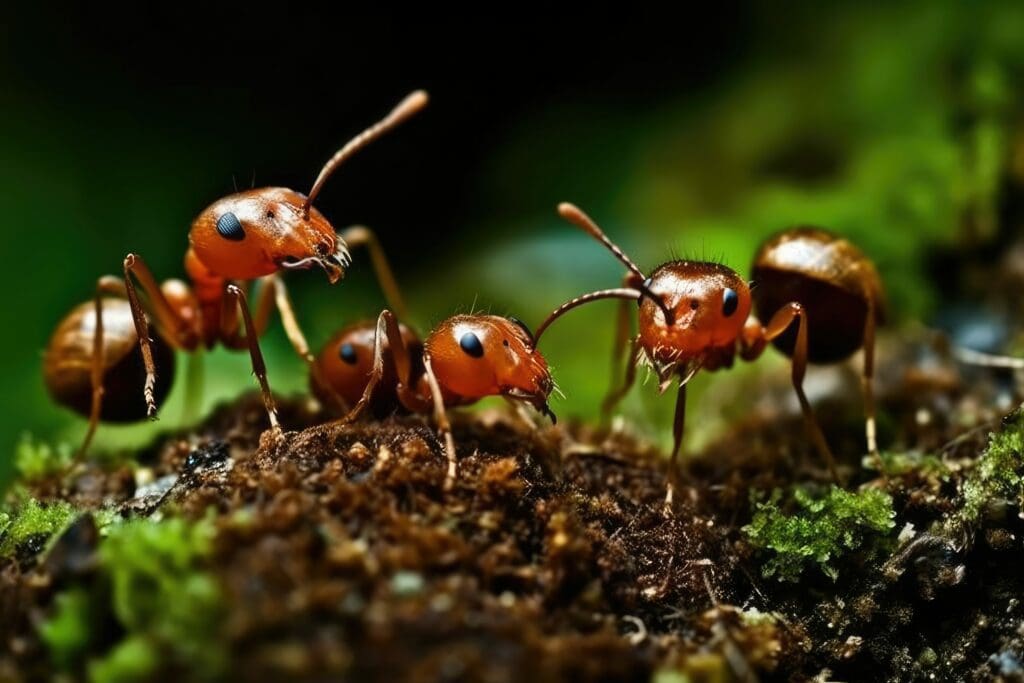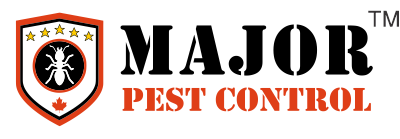Ant infestations are a common problem in many parts of the world, and Calgary is no exception. These industrious insects can invade homes, gardens, and businesses, causing significant discomfort and even damage. Understanding the behavior, types, and preventive measures of ants in Calgary is crucial for effective control and management.
Types of Ants in Calgary
Calgary is home to several species of ants, each with distinct characteristics and habits. The most common types include:
- Carpenter Ants (Camponotus spp.): These large black ants are notorious for their wood-damaging behavior. They do not eat wood but excavate it to create nests, potentially causing significant structural damage.
- Pavement Ants (Tetramorium caespitum): Small and brown, pavement ants often nest in cracks of pavement, hence their name. They are known for their aggressive nature, often engaging in territorial battles with other ant colonies.
- Odorous House Ants (Tapinoma sessile): Named for the strong, rotten coconut-like odor they emit when crushed, these ants are small, dark brown to black, and often invade homes in search of food.
- Pharaoh Ants (Monomorium pharaonis): Tiny and yellow or light brown, pharaoh ants are particularly troublesome in hospitals and other buildings. They are known for their persistent indoor nesting and difficulty in eradication.
Why Ants Infest Homes
Ants enter homes primarily in search of food and water. Calgary’s cold winters drive ants indoors, seeking warmth and sustenance. They are particularly attracted to sugary and greasy foods, making kitchens and pantries prime targets. Moisture also plays a significant role; ants often nest in damp areas like bathrooms, basements, and around plumbing fixtures.
The Lifecycle of an Ant Colony
Understanding the lifecycle of an ant colony is essential for effective control. Ant colonies are structured in a highly organized manner, typically comprising a queen, workers, soldiers, and drones.
- Queen: The queen is the reproductive member of the colony, capable of laying thousands of eggs over her lifetime. Her primary role is to populate the colony.
- Workers: Sterile female ants that forage for food, care for the queen’s offspring, and maintain the nest. They are the ants most commonly seen.
- Soldiers: Larger ants responsible for defending the colony.
- Drones: Male ants whose sole purpose is to mate with the queen.
The lifecycle begins with a queen laying eggs, which hatch into larvae. The larvae are fed and cared for by worker ants until they pupate and emerge as adults. The entire process, from egg to adult, can take several weeks to months, depending on the species and environmental conditions.


Signs of an Ant Infestation
Detecting an ant infestation early can prevent significant problems. Common signs include:
- Visible Ant Trails: Ants often travel in distinct trails to and from food sources. These trails are usually seen along baseboards, countertops, and outdoor surfaces.
- Nests: Ant nests can be found in various locations, including walls, under floors, and in gardens. Carpenter ants, for example, leave behind wood shavings as they excavate their nests.
- Discarded Wings: During mating season, reproductive ants, or swarmers, leave the nest to start new colonies. Discarded wings near windowsills and doors are a sign of swarming activity.
- Frass: Carpenter ants produce frass, a sawdust-like material, as they tunnel through wood.
Preventing and Controlling Ant Infestations
Preventing ant infestations requires a combination of cleanliness, exclusion, and targeted treatments.
- Maintain Cleanliness: Regularly clean kitchens and dining areas to remove food debris. Store food in airtight containers and promptly clean up spills.
- Seal Entry Points: Inspect and seal cracks and crevices around windows, doors, and foundations to prevent ants from entering.
- Eliminate Moisture: Fix leaky pipes, use dehumidifiers in damp areas, and ensure proper ventilation to reduce moisture that attracts ants.
- Use Baits and Insecticides: Ant baits are effective as they are carried back to the nest, poisoning the entire colony. Insecticides can be used to treat nests directly.
- Professional Pest Control: For severe infestations, professional pest control services may be necessary. Experts can accurately identify ant species and apply targeted treatments.
Ant infestations in Calgary can be a persistent nuisance, but understanding the types of ants, their behavior, and effective prevention and control methods can help manage and eliminate these pests. Regular maintenance, vigilance, and prompt action are key to keeping your home ant-free. If the problem persists, don’t hesitate to seek professional assistance to ensure your home remains safe and comfortable.

